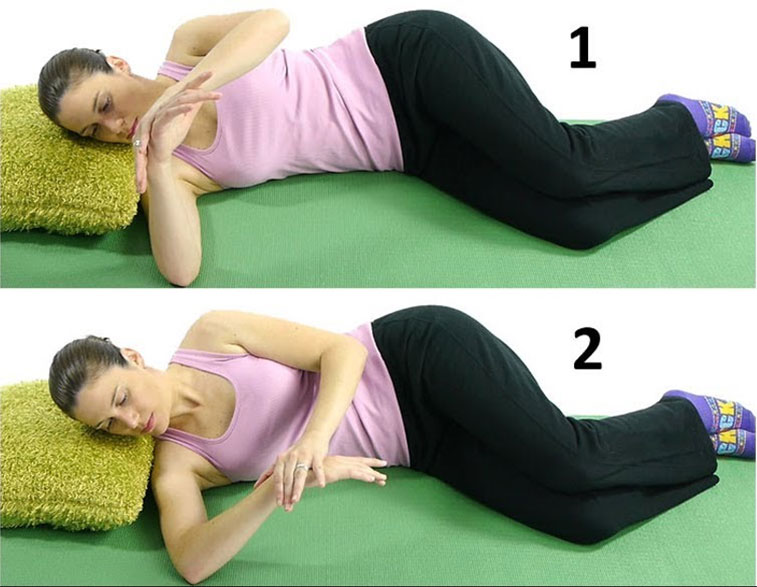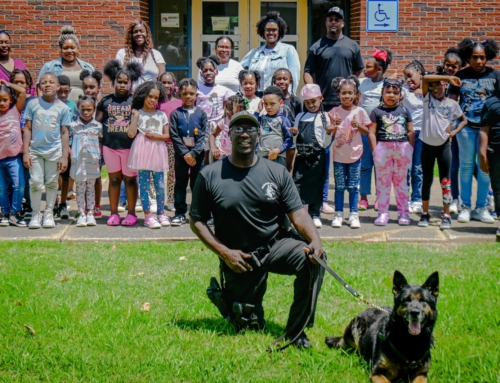Last time we covered the most common mechanism for injury in LEOs was affecting an arrest. We also discussed how some of the injury prevention techniques we do in Brazilian Jiu Jitsu (BJJ) could provide us some knowledge that, when applied, could aid in mitigating risk for injury during affecting an arrest.
As we know, the most common injuries in law enforcement by region is (19.6%) back, (18.1%) knee/leg, (13.6%) shoulder, and (11.4%) ankle (Lentz et al Int J Occ Med Envir Health 20). The shoulder, which accounts for 13.6% of those injuries is also an injury that has a poor long-term outcome for LEOs. As such, there are some very well documented and researched shoulder injury prevention programs shown to impact the number and severity of shoulder injuries. When implemented in the BJJ setting, what we see is a significant decrease in reported shoulder injuries and severity of injury when injuries do occur. Simply adapting four basic principles:
- Total Shoulder Motion (TSM)
- Increase Glenohumeral Internal Rotation Deficit – Gird Stretch
- Increase eccentric strength and endurance of the rotator cuff – Standing retraction with external rotation
- Importance of Eccentric Training
1. Total Shoulder Motion (TSM)
When laying on your back with your shoulder at 90 degrees abduction, internally rotate your shoulder and measure the degree of motion. Then rotate your shoulder externally and measure your degree of motion. The total shoulder motion (IR + ER) should be symmetrical between your right and left. If there is >10 degree difference, you are much more likely to suffer rotator cuff, labral, and long head of the biceps injuries. This is the same motion we did, year after year, in MLB with all pitchers and catchers. Why? Because we knew that if players had a lack of this motion, they are 2-3 times more likely to be on the disabled list and/or tear their labrum of the shoulder or rotator cuff.
TSM is a very simple measurement to get during an annual physical. If that is not an option, simply adding the above to your workout routine will have a huge impact on both the longevity of your shoulder as well as your risk for shoulder injury.
When this same concept is applied to BJJ, we see very similar results as we saw in MLB. Measuring TSM and addressing any deficits in range of motion and strengthening of the rotator cuff and serratus anterior significantly impacts shoulder injuries. Especially with some of the most common positions that the shoulder is placed in during combative training. For those that train combative, BJJ or want to protect their shoulders in affecting an arrest, this simply means, adding some very simple stretches to your upper body routine and some eccentric strengthening to your shoulder day (we will talk about a shoulder friendly weightlifting routine at another point).
2.Increase Glenohumeral Internal Rotation Deficit – Gird Stretch
Lying on your right side with shoulder and elbow at 90 degrees. Slowly and passively push right arm down with the left arm to the point where you feel a stretch, but no pain. Hold for 30 sec and repeat 4-6 times.
3. Increase eccentric strength and endurance of the rotator cuff – Standing retraction with external rotation
With a band and palms up, pinch your shoulders back and down (bringing your chest up). Externally rotate out (pictured) and slowly return to the start position. Start with 10 reps per set and build up to 20-30. Focus on the slow return to start and perform 3-4 sets.
4. Importance of Eccentric Training
As a combat athlete and sports physical therapist, I was quick to realize the importance of eccentric (lengthening the muscle under tension) training for combative training and for live matches. In situations where you are attempting to restrain an opponent and an opponent is pulling against you, your resistance to these movements and techniques are often eccentric in nature (there are a lot that are not too). As a result of some of these movements being eccentric nature, we know that if you train eccentrically (as above), you can mitigate your risk for injury. Eccentric training has also been found to be a very effective for used for rehabilitation after an injury. For example, with hamstring injuries we have found that eccentric training not only reduces the risk for these injuries, but we see that lack of eccentric strength with return to the mat or field to be associated with increased re-injury rates and slower return. When eccentric training is applied with BFR (blood flow restriction – we will talk about later) training, we see significant improvement in eccentric strength, hypertrophy and recovery in half of the time of traditional protocols.
So, in addition to the above exercises, make sure to add some eccentric strengthening to your legs, your shoulders, and arms. This will not only aid in the prevention of injury, but also improve your performance in training. So stay tuned next time as we talk about core strength, rotational training, and Turkish Get Up.
Author: Trent Nessler, PT, MPT, DPT, SVP, Ready Rebound Vitality
To Find Out More, Visit https://readyrebound.com/










Get Social